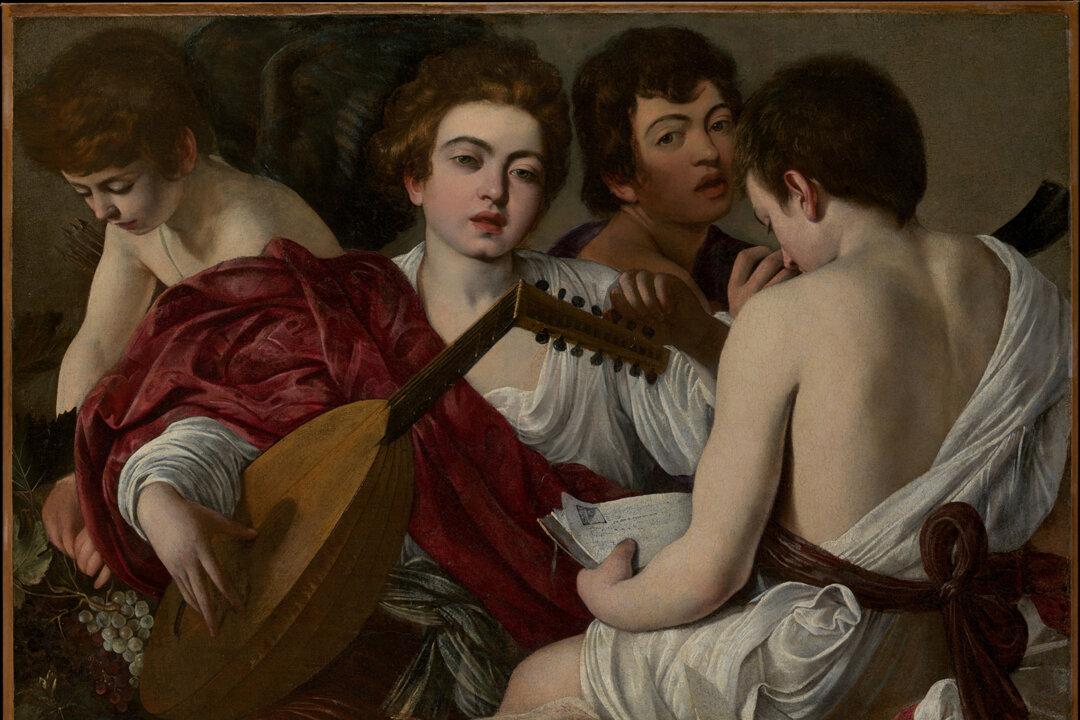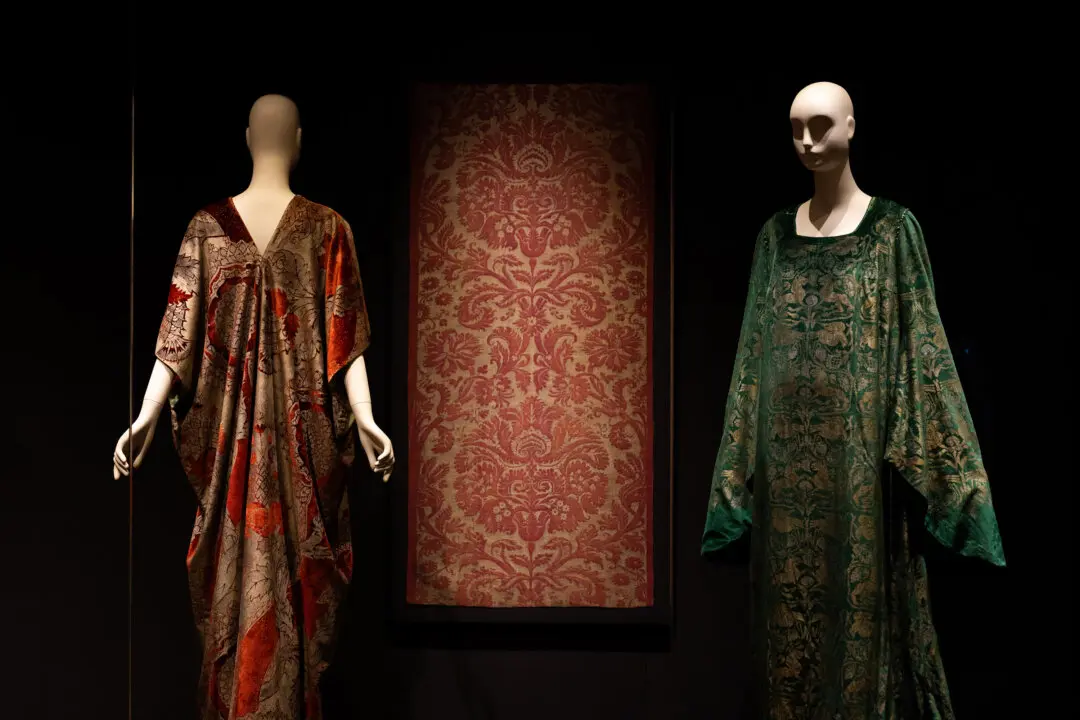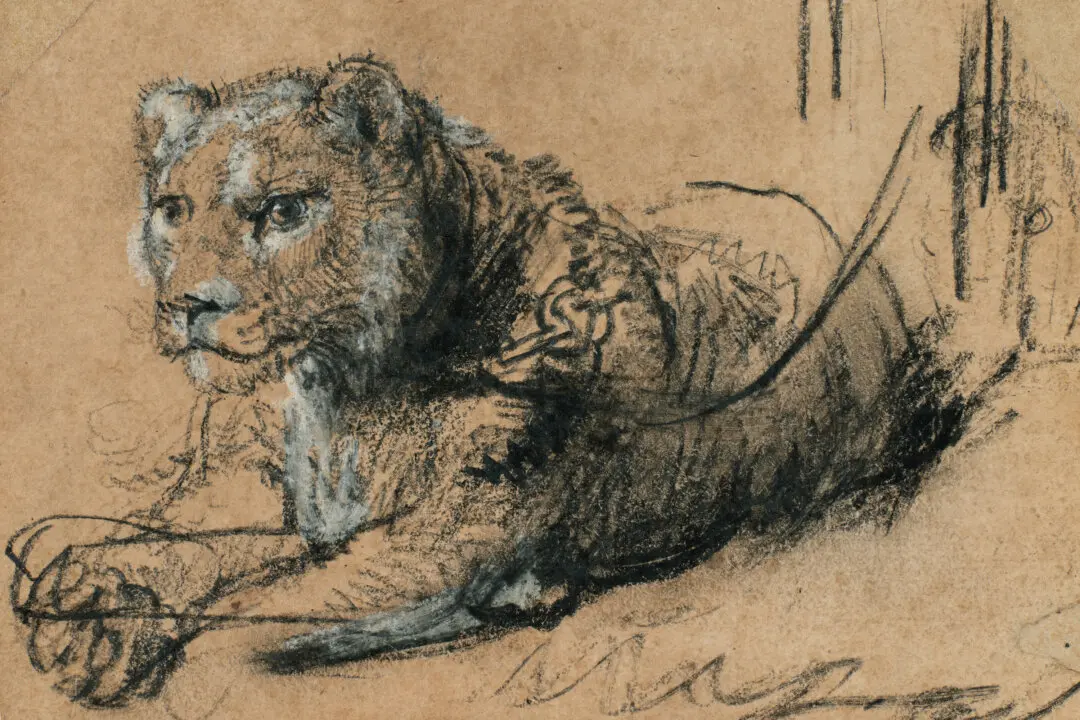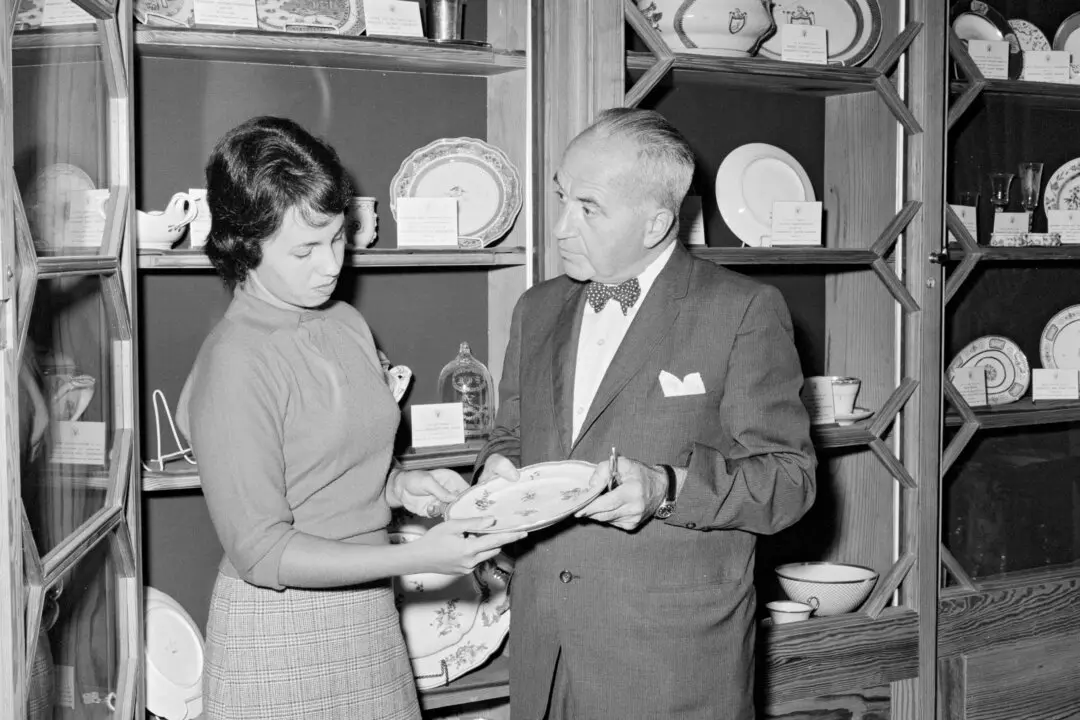William Shakespeare wrote famously, “If music be the food of love, play on.” That same sentiment could be applied to music as fuel and inspiration for fine art.
Music has been a muse for artists since antiquity, with musicians and singers depicted as raconteurs, as divinities, and in myths. Examining a selection of historical artworks through a lens of music affords a unique understanding and appreciation of music and artistic periods.





